When I decided to travel to Taiwan for the first time, there was one place I was most excited to explore (and no, it wasn’t Taipei).
Kaohsiung, Taiwan’s second-largest city, is renowned for its coastal charm, cultural vibrancy, and artistic spirit; all qualities that immediately caught my attention as an artist and designer by trade.
With its laid-back pace, creative energy, and refreshing contrast to the intensity of the capital, Kaohsiung blends spiritual tradition with artistic expression in a way that’s hard to find anywhere else.
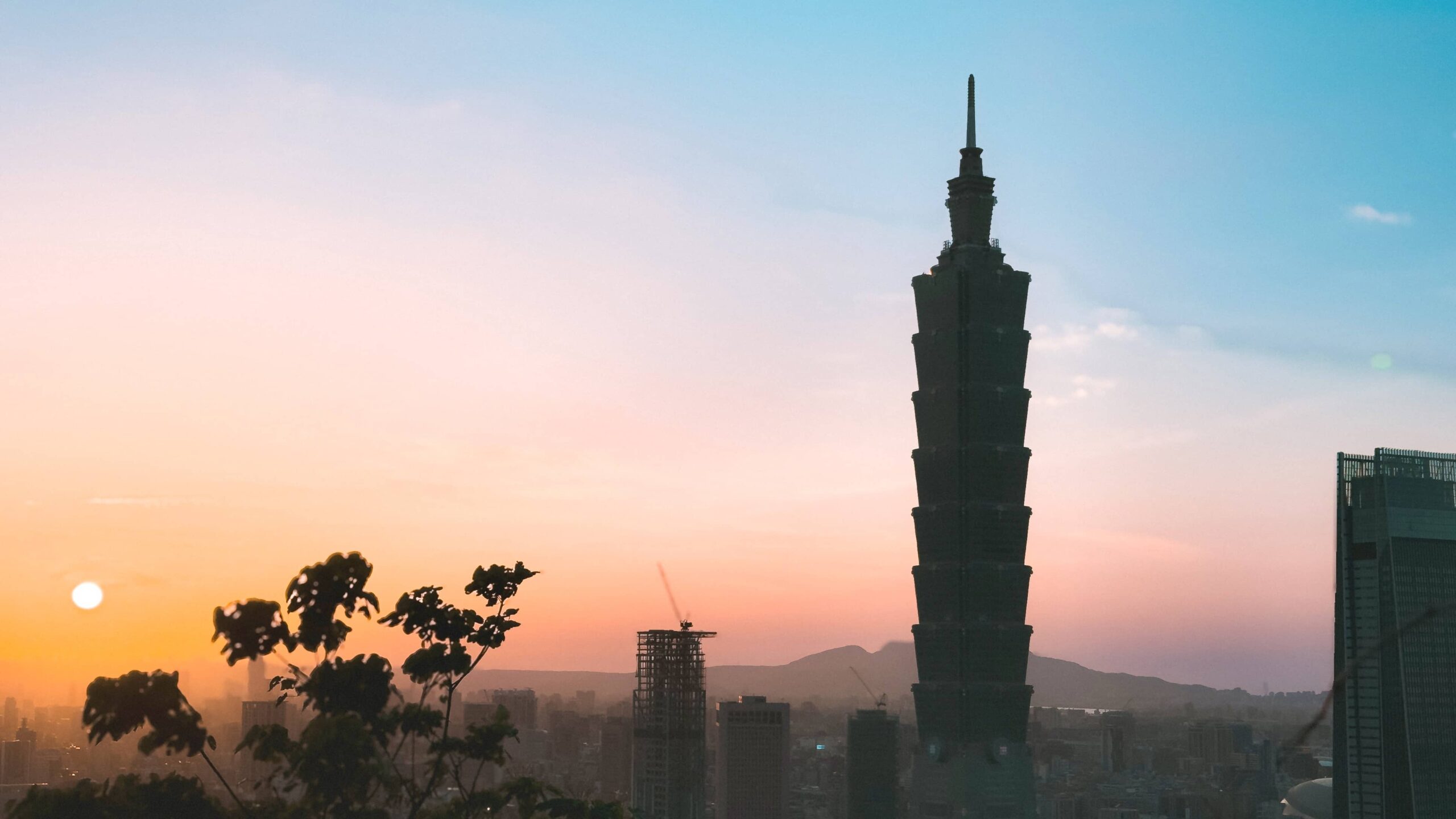
Coming off a busy four-day stretch in Taipei and a quick detour to Taichung, this southern city filled my short itinerary with temple visits, colorful neighborhoods, and the kind of spontaneous moments that only come when traveling solo.
So if you’re planning a visit to Taiwan and want a destination that’s rich in both history and imagination, consider giving Kaohsiung a spot on your list.
Who knows, this modern-day city might just surprise you like it did for me.
Day 1: Lotus Pond Temples & Sacred Waters
From my previous article, the last thing I mentioned was departing Taichung Station and heading towards Kaohsiung, so I suppose it’s best to pick up the journey from there.
Roughly two hours south, along the stunning views of rice paddies and mountains, is Zuoying Station, the central hub for all major trains in Kaohsiung.
If you’re taking the Taiwan High Speed Rail (THSR), a remarkably efficient bullet train that clocks in at 300 km/h, you can get there in ninty minutes or less, which I recommend if you’re looking to save some time.

Since my time in Taichung was unexpectedly cut short (refer to my previous post for the full story), I arrived at Zuoying Station around 2 PM, or 14:00 in 24-hour time, which is commonly used across many Asian countries.
From here, I made my way around the station looking for a coin locker, an absolute lifesaver for storing large suitcases, especially since many accommodations don’t allow check-in until later in the day.
Unfortunately, being the central hub that it is, all of Zuoying’s lockers were occupied when I arrived.
If you know me personally, however, you’ll know I wasn’t going to give up that easily; as I made my way around the station, peeking my head around corners and down various staircases, until I finally found a vacant locker waiting for me about ten minutes later.
For just NT$50–100 (about $1.50–$3 USD) and a PIN code, my luggage was securely stored, and I was free to explore.
Lotus Pond
With a good amount of daylight still available, I made my way toward the famous Lotus Pond, well known for its scenic beauty, numerous temples, and peaceful ambiance.
Located just a 30-minute walk from the station in the heart of the Zuoying District, this sacred lake, locally known as Lianchi Tan, has been a spiritual center for over 300 years.
Originally constructed during the Qing Dynasty, the pond serves both as a place of worship and as a stunning example of traditional Chinese landscaping, making it a popular destination for both locals and tourists.
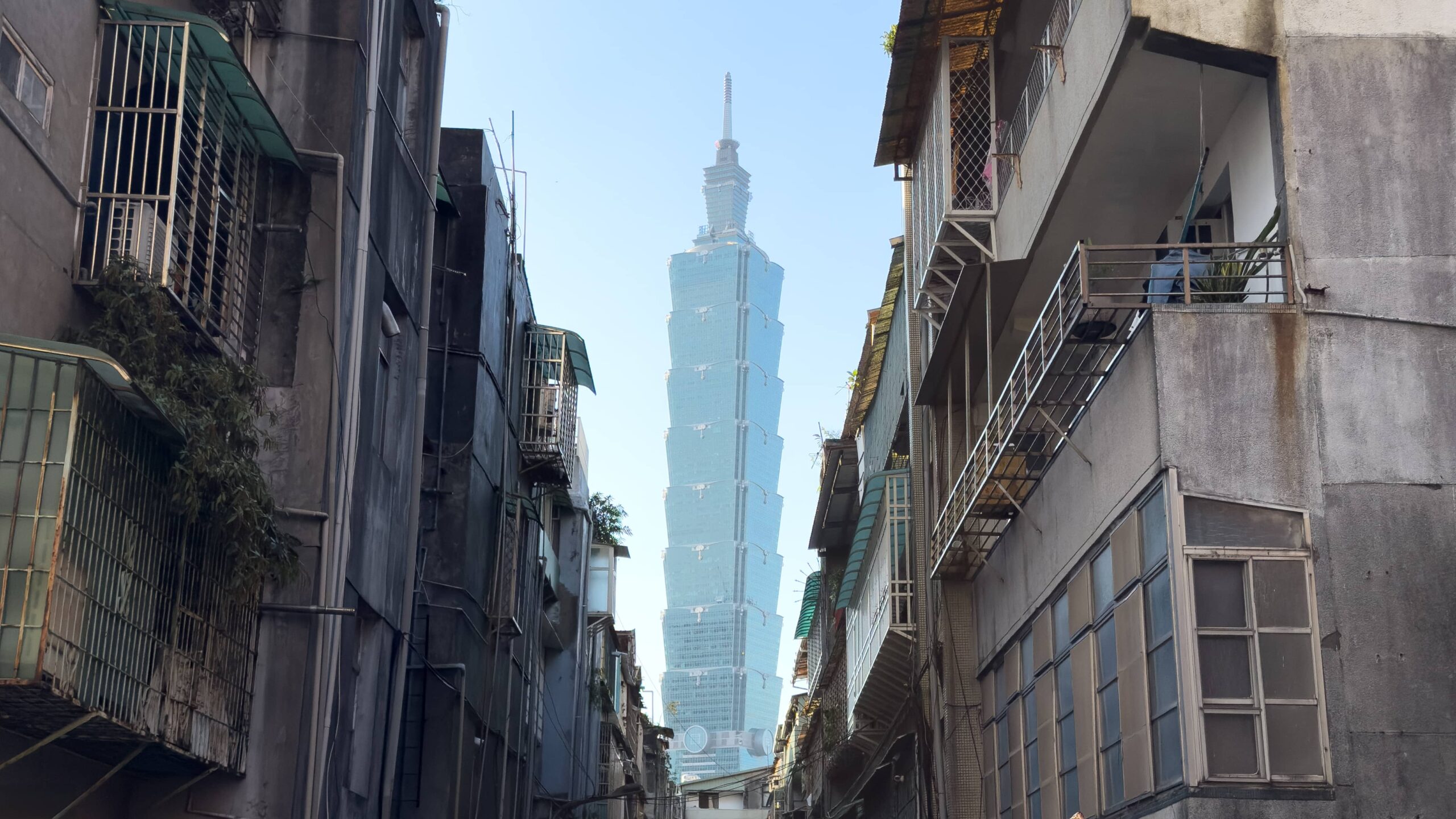
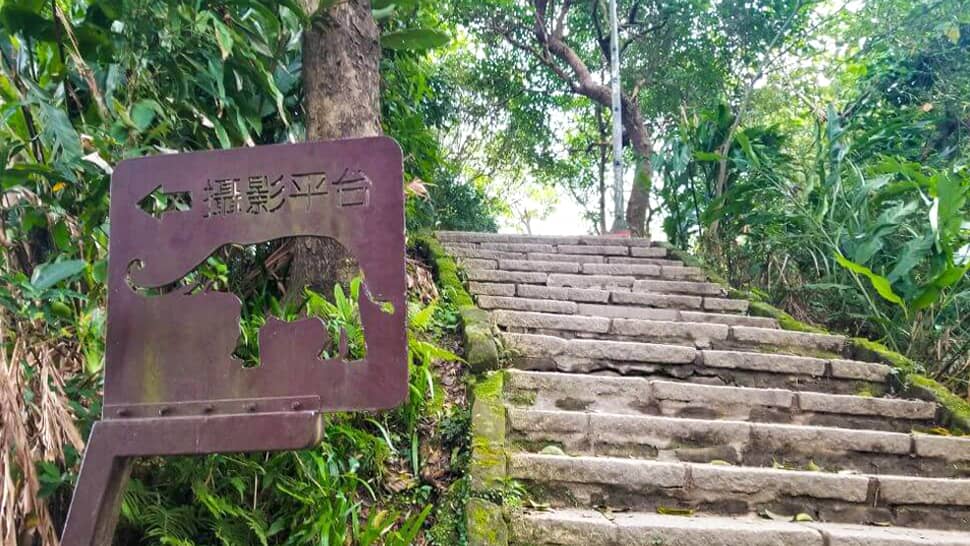
If you start at the northernmost part of the pond, you’ll find an iconic zigzag bridge that makes for a perfect photo opportunity.
According to traditional Chinese architecture, the bridge is designed this way to ward off evil spirits, which are believed to travel only in straight lines.
Kaohsiung Confucius Temple
Speaking of straight lines, adjacent to the pavilion is another bridge that connects the west and east sides of the pond, which I later used to cross over to the nearby Kaohsiung Confucius Temple.
Built in 1976 to honor the great philosopher and educator Confucius, this temple is the largest Confucian temple complex in Taiwan, covering an area of 167 square meters.
Unfortunately, the temple was closed for minor construction and maintenance during my visit, so I couldn’t stay long.
Instead, I took a moment to admire its impressive scale and symmetry from the outside before moving on, knowing sunset was approaching.
Zuoying Yuandi Temple
Disappointed by the previous temple being closed, I remained optimistic to see the others still available.
I continued south along the pond’s perimeter and made my way to the Zuoying Yuandi Temple, roughly a 10-minute walk from the zigzag bridge I was at earlier.
This magnificent Taoist temple dates back to 1853 and is dedicated to Jade Emperor Guan, which becomes pretty clear when you approach the intricate sculpture at the center of the pond.
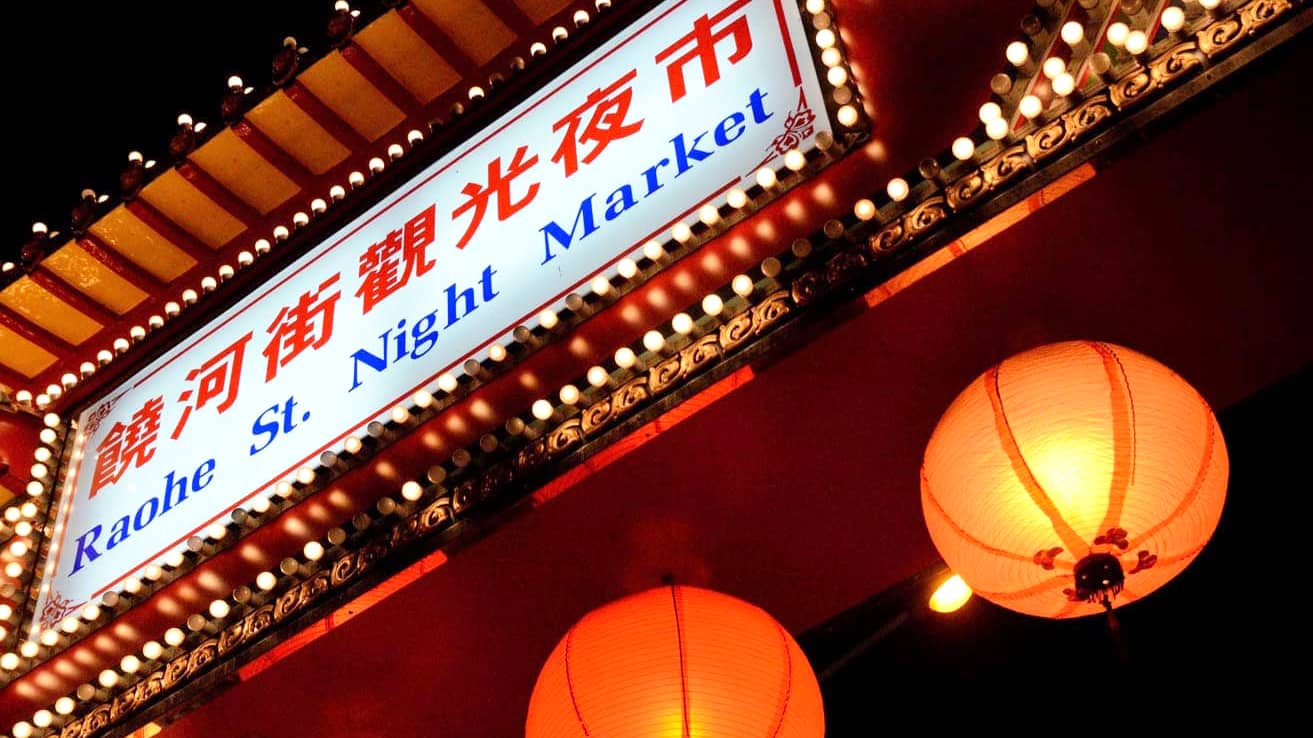
Established by immigrants from China’s Fujian Province, the temple’s craftsmanship and vivid colors depict scenes from Chinese mythology, while its traditional architecture features elaborate wood carvings and vibrant red lacquerwork.
The brilliant reds, golds, and greens, all carry deep spiritual significance. Red symbolizes good fortune and joy, while gold represents prosperity and divine blessing.
I spent about thirty minutes here, soaking in the temple’s peaceful atmosphere and artistic details before lingering further south.
Spring & Autumn Pavilions
Not long after, just another ten minutes on foot, I arrived at the Spring and Autumn Pavilions, two striking Chinese-style towers built to honor the God of War, Guan Gong.
These twin seven-story pagodas, connected by a graceful bridge, house a remarkable statue of Avalokitesvara (the Buddhist goddess of mercy) riding a dragon.
The monument was erected in 1953 and represents the harmonious coexistence of Buddhist and Taoist traditions in Taiwanese culture.
Additionally, the Wuliting Pavilion, sitting elegantly at the end of the bridge, is a central monument that adds another layer of spiritual significance and serves as a focal point for meditation and prayer.
Honestly, this stop was a lot to take in at first, as I could feel the continuing vitality of Taiwan’s religious heritage simply by walking between these structures, otherwise known as the “Guardians of the Lake”.
It’s easy to see why this spot is so loved by visitors and locals alike.


Dragon & Tiger Pagodas
By far the most exciting part of the day, and one of my personal highlights of the entire trip, was visiting the Dragon and Tiger Pagodas.
These seven-story towers, often referred to as the “Crown Jewel” of Lotus Pond, were built in 1976 and are among Taiwan’s most photographed landmarks.
According to local tradition, visitors should enter through the dragon’s mouth and exit through the tiger’s mouth to ensure good fortune and ward off evil spirits.
Inside, the walls are covered with intricate murals depicting Buddhist visions of heaven and hell, each serving as a moral lesson for visitors.
So, like any eager tourist waiting his turn in line, I made my way toward the dragon’s mouth and slowly ascended to the top of the first tower.
Don’t get me wrong, I was pretty exhausted by this point, especially considering everything I’d done earlier (as outlined in my previous article), but I powered through the endless staircases and found myself overlooking panoramic views of the Lotus Pond area.
Around this time, the sun began to set, and there was no way I was going to miss seeing this temple during golden hour, so I grabbed a mango smoothie from a nearby vendor to recharge.

After some light people-watching and a quick visit to the Cihji Palace across the street, the sunset finally arrived, and the buildings began to glow.
The contrast between day and night made this spot more than worth the wait, and knowing that the Dragon and Tiger Pagodas were one of the main reasons I wanted to visit Kaohsiung in the first place made the moment feel especially rewarding.
If you’d like to learn more about the Lotus Pond and some of the other popular spots around its perimeter, I recommend checking out this article as a guide.
Kaohsiung Station
With my phone battery nearly drained (even with the additional portable charger), I knew it was time to call it a day.
Despite walking nearly 25,000 steps, I managed to get back to Zuoying Station and retrieve my suitcase without any problems (for now).
From there, I used my Taiwan EasyCard, a conveniently preloaded travel card similar to Tokyo’s Suica or Pasmo, to board the MRT local train toward Kaohsiung Station.
Roughly ten minutes later, I noticed my phone wasn’t working. Despite still having some battery left, it wasn’t getting any signal, which was troubling since I knew my hotel was somewhere nearby.
Then it hit me: my travel data plan must have expired, which was a rare oversight on my part, especially considering how organized I usually am with these things.
Fortunately, there’s a 7-Eleven on nearly every corner in Taiwan; a convenience store that’s almost always open and sometimes offers free WiFi if you’re lucky.


Once I found one, I popped in quickly to connect and top up my Airalo eSIM, a reliable solution for travelers who want to stay connected without the hassle of physical SIM cards.
With a new data plan activated, along with some additional snacks since I was already there, I made my way outside and walked another five minutes to the Global Traveler Hotel, where I’d be staying.
The room was simple but comfortable and air-conditioned, nothing too fancy but a perfect spot for backpackers and budget travelers.
After a much-needed shower and a quick trip to a nearby self-service coin laundry, I crawled into bed and passed out almost instantly.
Day 2: Fo Guang Shan & Modern Street Art
If you’re guessing that today would be busier than the previous day, then you’d be correct, since this was the longer of the two.
With lots to do, I decided to get an early start, waking up around 7:00 AM to squeeze in as much as I could, but not before grabbing the included breakfast that was included in my stay.
Nothing too special, just basic eggs, toast, bacon, and orange coffee, but enough to get me going.
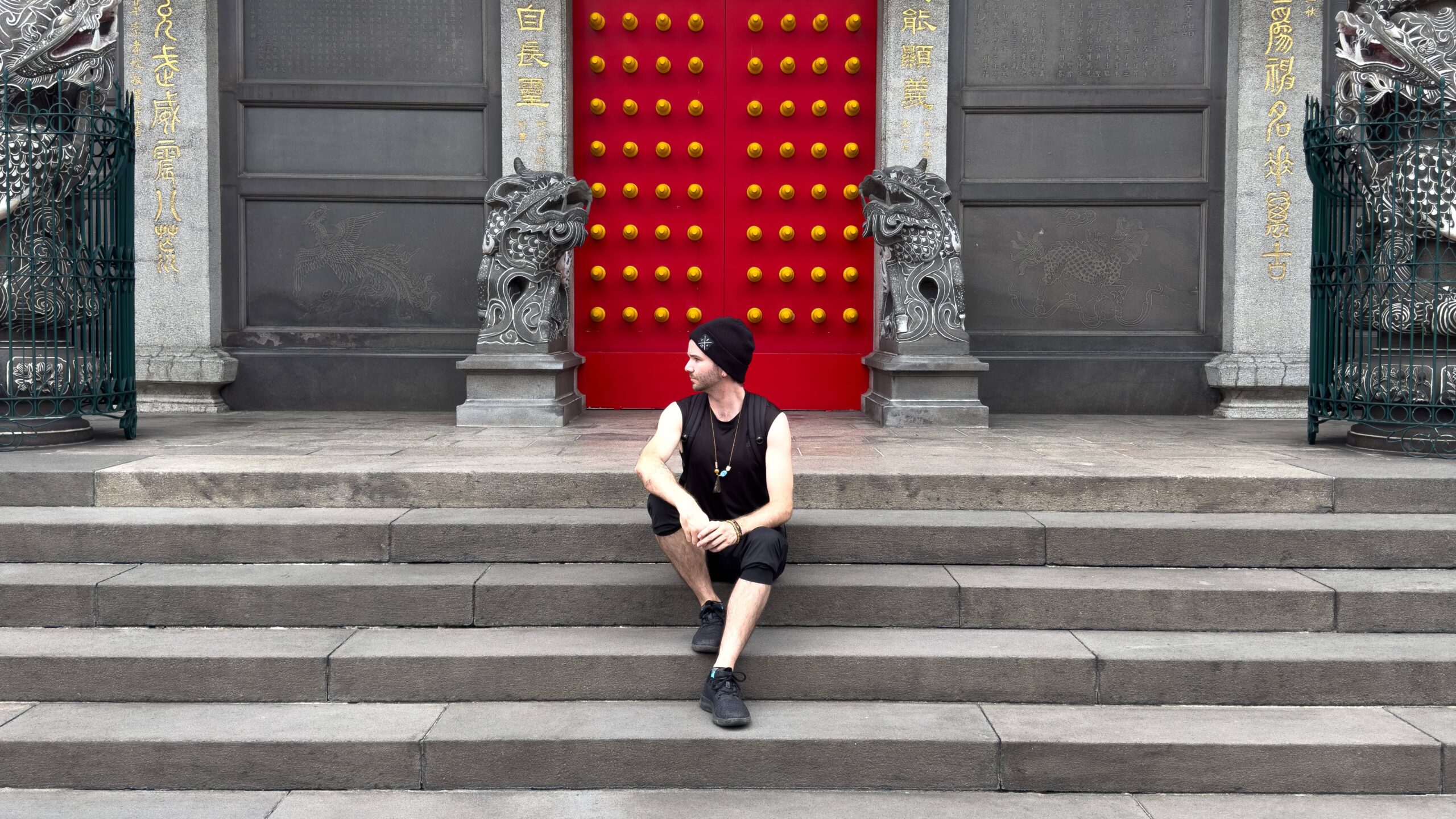
After checking out, I returned to Zuoying Station to find another coin locker, which proved much easier this time, being so early in the morning.
Again, these lockers are a real game-changer for anyone wanting to travel light and efficiently, so I highly recommend them if you manage to find a vacant one.
Once my luggage was safely stashed, I took Exit 2 and made my way outside the station, walking to the Harvard Express Bus Stop, a crucial hub for catching buses to destinations outside the city.
I managed to miss the 9:00 AM bus since I couldn’t find it at first, so make sure to arrive early and ignore the taxi drivers offering overpriced rides.
The buses come every thirty minutes, so if you can muster the patience to wait, then you’ll be fine.
Fo Guang Shan Buddha Museum
After sitting comfortably on the 9:30 AM bus, and about a 45-minute ride later, I finally arrived at the Fo Guang Shan Buddha Museum.
This massive complex, established by Master Hsing Yun in 1967, is home to one of Asia’s tallest bronze Buddha statues at 108 meters, a number deeply symbolic in Buddhism, representing the 108 human afflictions one must overcome to reach enlightenment.
I wandered through the peaceful courtyards, passing the eight pagodas, also symbolic in representing different aspects of Buddhist teachings, and stepped inside the temple halls at the other side of the complex.
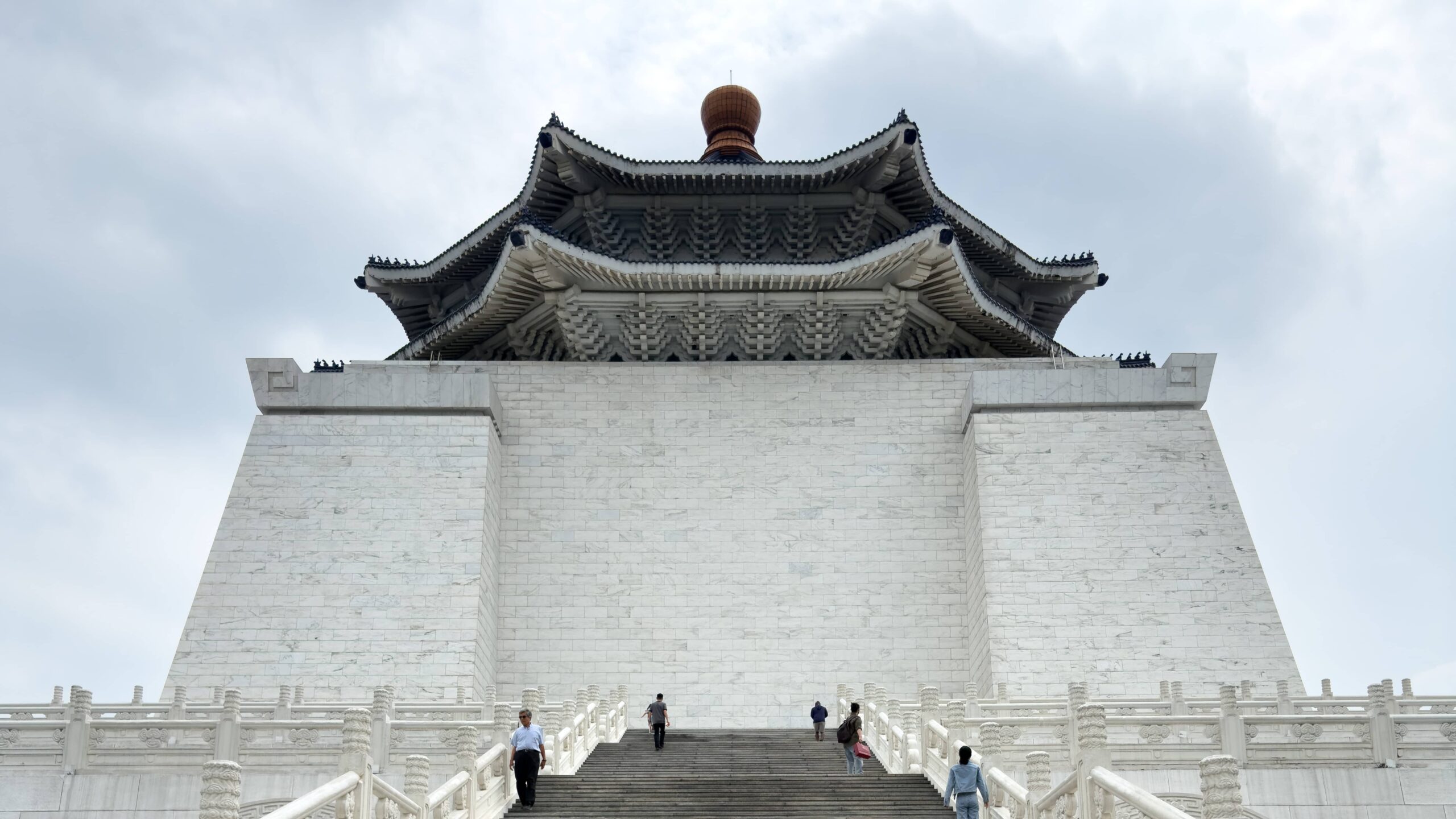
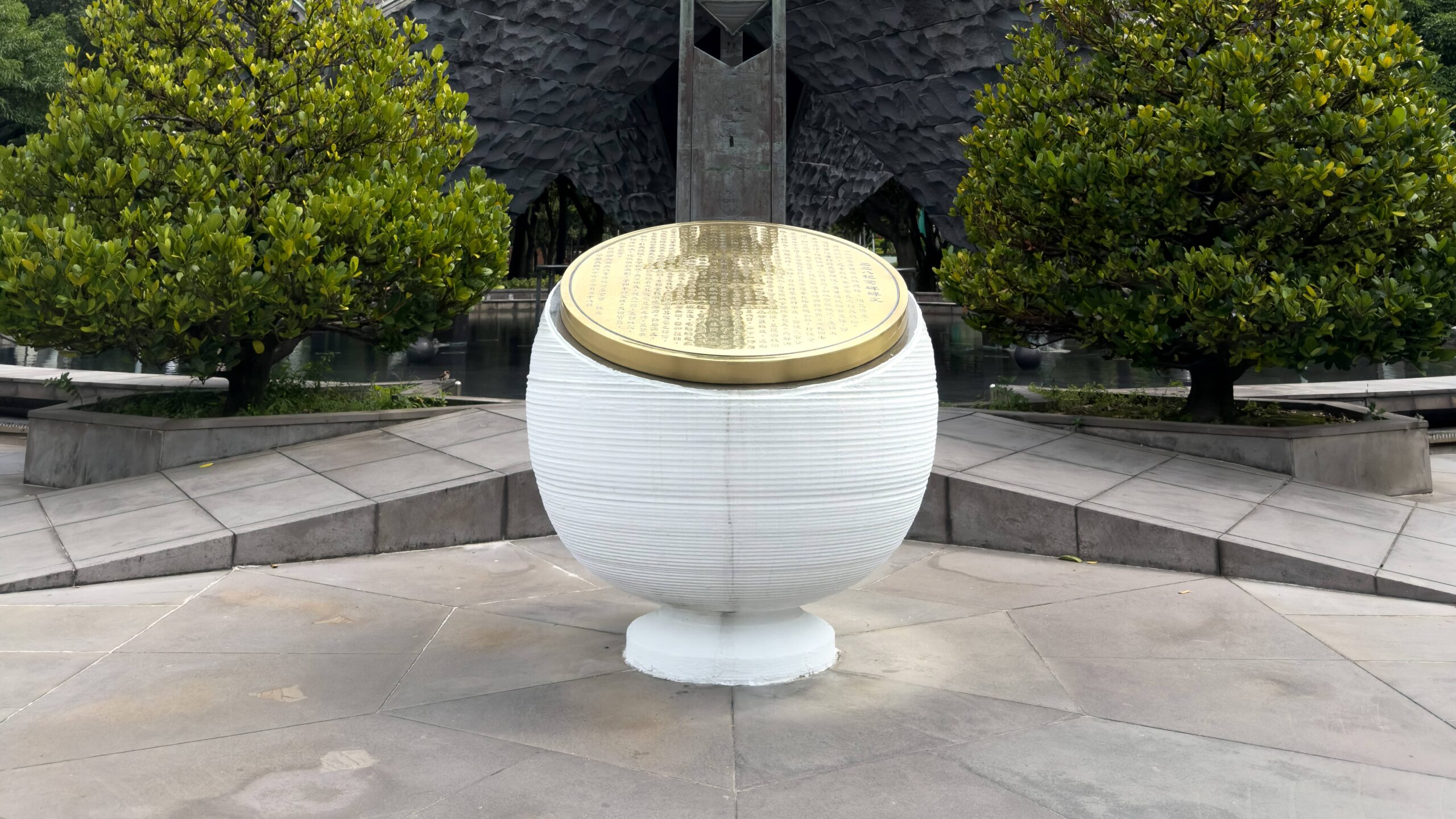
The atmosphere was humbling and reflective, as I easily spent two hours wandering through the halls and outdoor spaces, marveling at the detailed carvings and peaceful monks walking the grounds.
Around noon, I stopped at the on-site cafeteria for lunch, which offered authentic and vegetarian-style Taiwanese Buddhist cuisine.
The overall tofu, noodles, and fresh greens were an acquired taste, but it was just enough to help me get to my next destination.
Weiwuying Mi Mi Village
Around 1:00 PM, along with a satisfied stomach, I made my way back to the bus stop, where my goal was to return to Kaohsiung for the remainder of the day.
Because of the heat, which was a bit brutal considering I was traveling here in the summer, I managed to grab a fruit smoothie right when the bus arrived.
The journey back, however, wasn’t as long this time since I headed straight to the Weiwuying Mi Mi Village, located in Kaohsiung’s Fengshan District.
This colorful neighborhood is known for its stunning street art and vibrant murals, covering a variety of homes and businesses.
As an outdoor gallery showcasing work from both local and international artists, the pieces here reflect everything from traditional Taiwanese culture to contemporary urban themes.
Honestly, this exhibition completely exceeded my expectations, as what was planned as a brief visit turned into an extended exploration around some of Taiwan’s indigenous heritage and decorative storytelling.
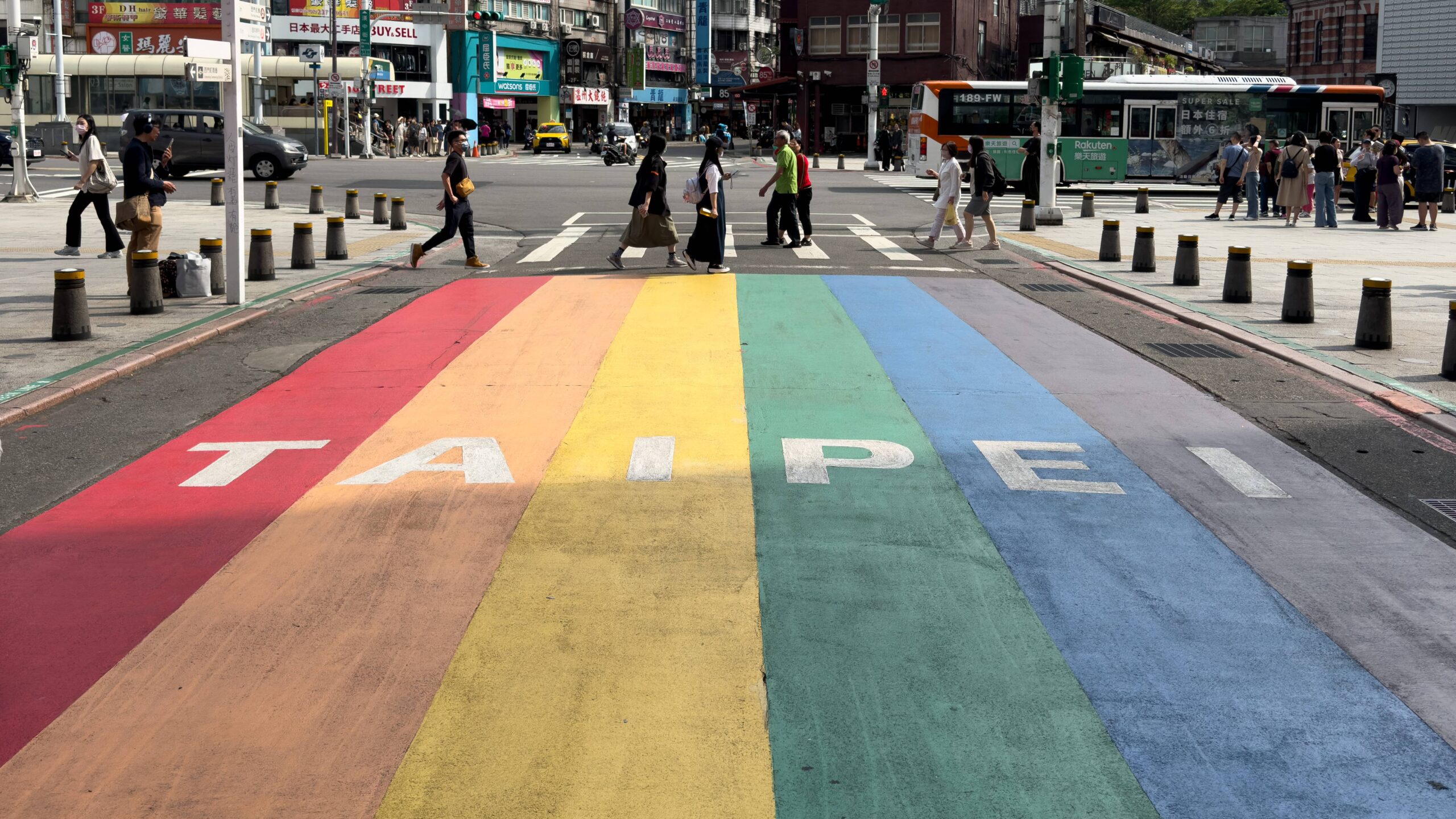
National Kaohsiung Center for the Arts
If you happen to find yourself in the area and have a few extra minutes to spare, then I highly recommend visiting the National Kaohsiung Center for the Arts, conveniently located near Weiwuying.
This futuristic, wave-shaped structure is truly one of a kind, and it immediately caught my eye as I was walking toward the subway station.
Designed by the Dutch architectural firm Mecanoo, the building is inspired by a massive banyan tree and serves as one of Asia’s largest performing arts venues.
At the front entrance, there’s a large open plaza with a playful water fountain, which I thoroughly enjoyed because of the children trying to time each water splash.
Although I didn’t have time to explore the interior, the exterior alone was certainly worth the short detour.
Pier 2 Art Center
I won’t lie, I was running tight on time because of this unexpected stop, so I decided to grab a taxi to the Pier-2 Art Center for my next destination.
Around 3:00 PM, I arrived at Kaohsiung’s creative hub, also known as Nanduan Village, where I planned to spend the remainder of the day before heading back to the airport.
Located near the main harbor, this former warehouse district has been thoughtfully renovated into one of the city’s premier cultural destinations, featuring art installations, food stalls, pop-up markets, and quirky exhibits that reflect Kaohsiung’s inventive spirit.
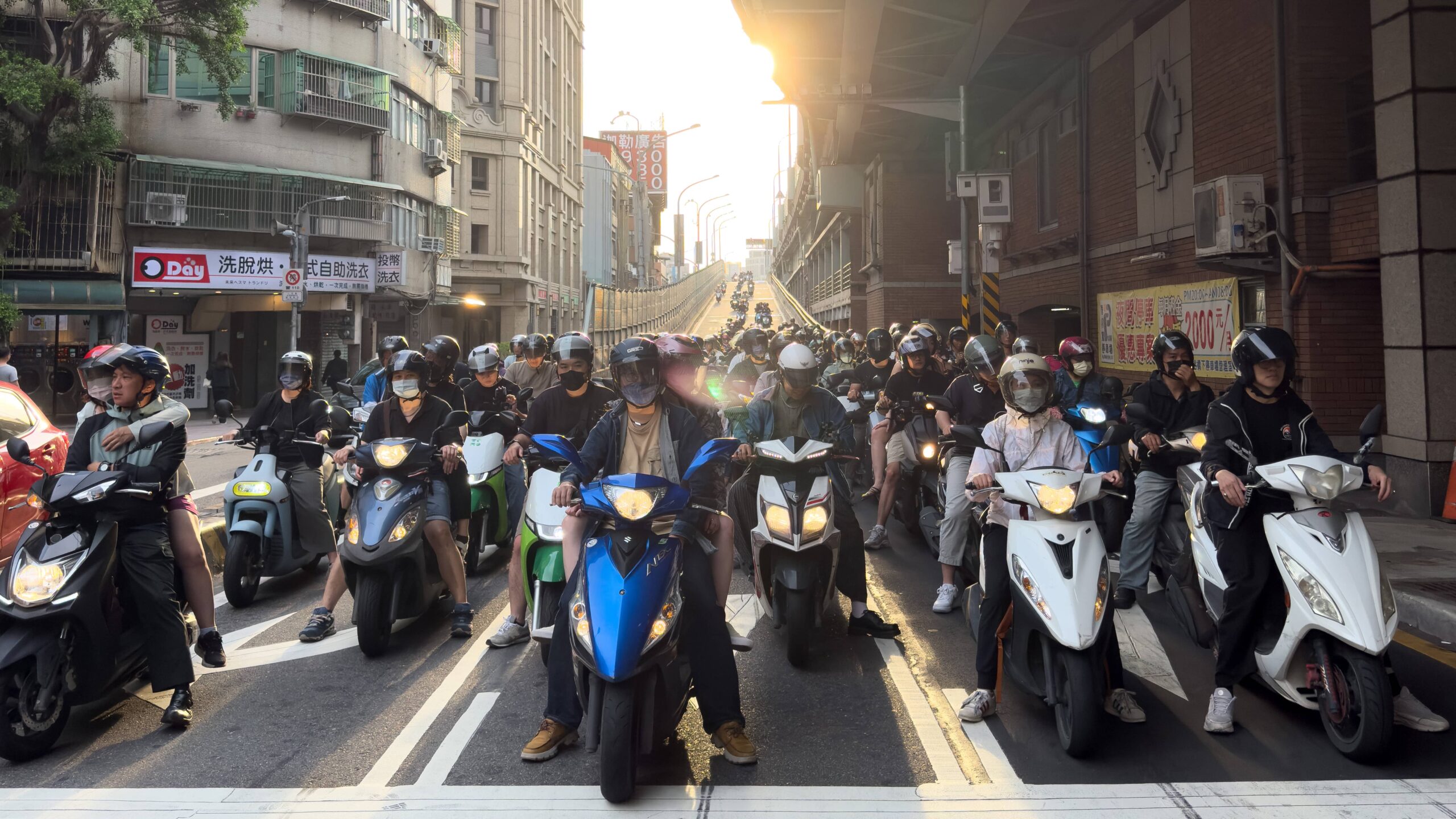
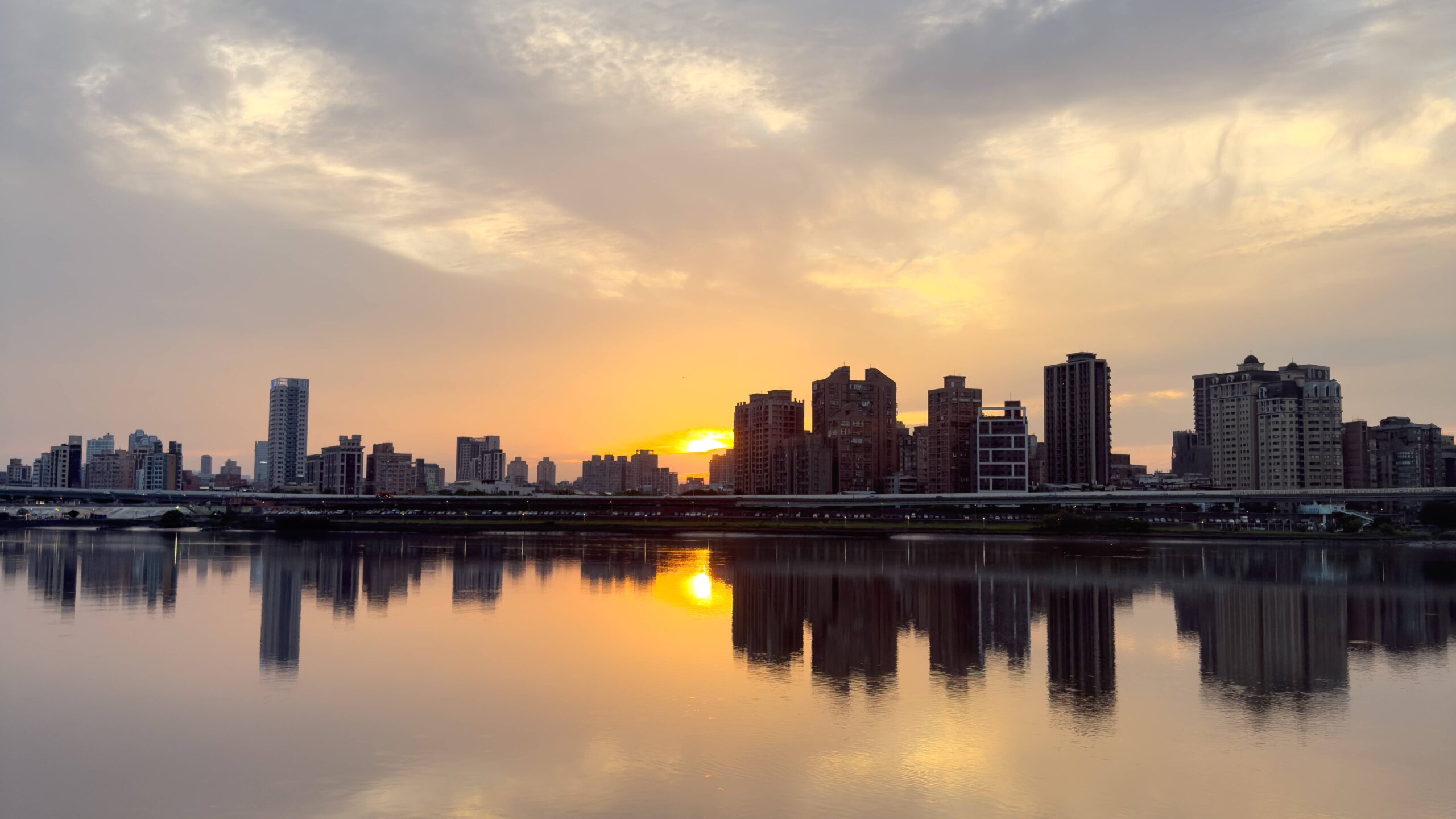
The weather was perfect, and the vibe was equally welcoming with street performers, entertaining crowds, and families enjoying weekend activities.
I also managed to hold someone’s pet duck, and even though its owners didn’t speak English, they were incredibly kind.
Still, I had a few more places I wanted to explore, so I scarfed down some fusion tacos and a cold lemonade and started walking south to catch a few more cultural landmarks along this populated street.
Dayi Warehouses
With a second lunch now in my stomach, necessary given all the walking I’d been doing, I found myself at the Dayi Warehouses, just a 10-minute walk from Pier-2.
Unlike the buzz and energy of the earlier stops, this area felt a bit underwhelming.
Perhaps I arrived at a quiet time, or maybe my expectations were set too high from what I’d seen online, but the space didn’t quite deliver the same creative spark.
That said, not every stop on a trip will be a knockout, and that’s okay, so I used the extra time to continue exploring the harbor.

Great Harbor Bridge
Fortunately for me, adjacent to the warehouses is the Great Harbor Bridge, more than enough to make up for any disappointment.
This cable-stayed bridge, completed in 2009, spans the famous Love River and offers both practical transportation and a spectacular view of Kaohsiung’s harbor and skyline.
At 452 meters long, its bold design is now recognized as a symbol of the city’s modern identity, and even with the crowds, it still makes for a great spot with eye-catching photography and late afternoon sunsets.
Dome of Light
Well, the day wasn’t completely over at this point, but my feet were certainly begging for some relief.
Around 5:00 PM, I wandered into a nearby parlor for a quick foot massage, as it was at this moment that I knew 100,000 steps across this amazing country may have been a lot to take on.
The 30-minute treatment gave me just enough of a reset to recharge my body and spirit for one final stop.
Just a few minutes north of the harbor, tucked beneath Formosa Boulevard Station, is the iconic Dome of Light.
This massive stained-glass installation, stretching 30 meters in diameter and made up of 4,500 individual glass panels, was created by Italian artist Narcissus Quagliata and is considered one of the largest glass artworks in the world.
Seeing it in person was mesmerizing and a poetic conclusion to my time in Taiwan, but I knew it was time to head back to the airport.


Taiwan High-Speed Rail
Fortunately for me, adjacent to the warehouses is the Great Harbor Bridge, more than enough to make up for any disappointment.
This cable-stayed bridge, completed in 2009, spans the famous Love River and offers both practical transportation and a spectacular view of Kaohsiung’s harbor and skyline.
At 452 meters long, its bold design is now recognized as a symbol of the city’s modern identity, and even with the crowds, it still makes for a great spot with eye-catching photography and late afternoon sunsets.
Taiwan Taoyuan International Airport
Well, the day wasn’t completely over at this point, but my feet were certainly begging for some relief.
Around 5:00 PM, I wandered into a nearby parlor for a quick foot massage, as it was at this moment that I knew 100,000 steps across this amazing country may have been a lot to take on.
The 30-minute treatment gave me just enough of a reset to recharge my body and spirit for one final stop.
Just a few minutes north of the harbor, tucked beneath Formosa Boulevard Station, is the iconic Dome of Light.
This massive stained-glass installation, stretching 30 meters in diameter and made up of 4,500 individual glass panels, was created by Italian artist Narcissus Quagliata and is considered one of the largest glass artworks in the world.
Seeing it in person was mesmerizing and a poetic conclusion to my time in Taiwan, but I knew it was time to head back to the airport.

Once I found one, I popped in quickly to connect and top up my Airalo eSIM, a reliable solution for travelers who want to stay connected without the hassle of physical SIM cards.
With a new data plan activated, along with some additional snacks since I was already there, I made my way outside and walked another five minutes to the Global Traveler Hotel, where I’d be staying.
The room was simple but comfortable and air-conditioned, nothing too fancy but a perfect spot for backpackers and budget travelers.
After a much-needed shower and a quick trip to a nearby self-service coin laundry, I crawled into bed and passed out almost instantly.
Kaohsiung: Closing Thoughts & Reflections
Well, if you’ve made it this far, then I suppose I should give a big thank you. This was my first time writing a serious blog post, and it definitely took some effort to find the right words to share my story.
Before I wrap up, I want to leave you with a few final thoughts and recommendations in case you’re planning a trip to Taipei in the future.
Taipei packs a surprising amount of diversity into a relatively small area, such as ancient temples and futuristic skyscrapers, lively night markets and peaceful mountain trails, historic sites and cutting-edge art spaces.
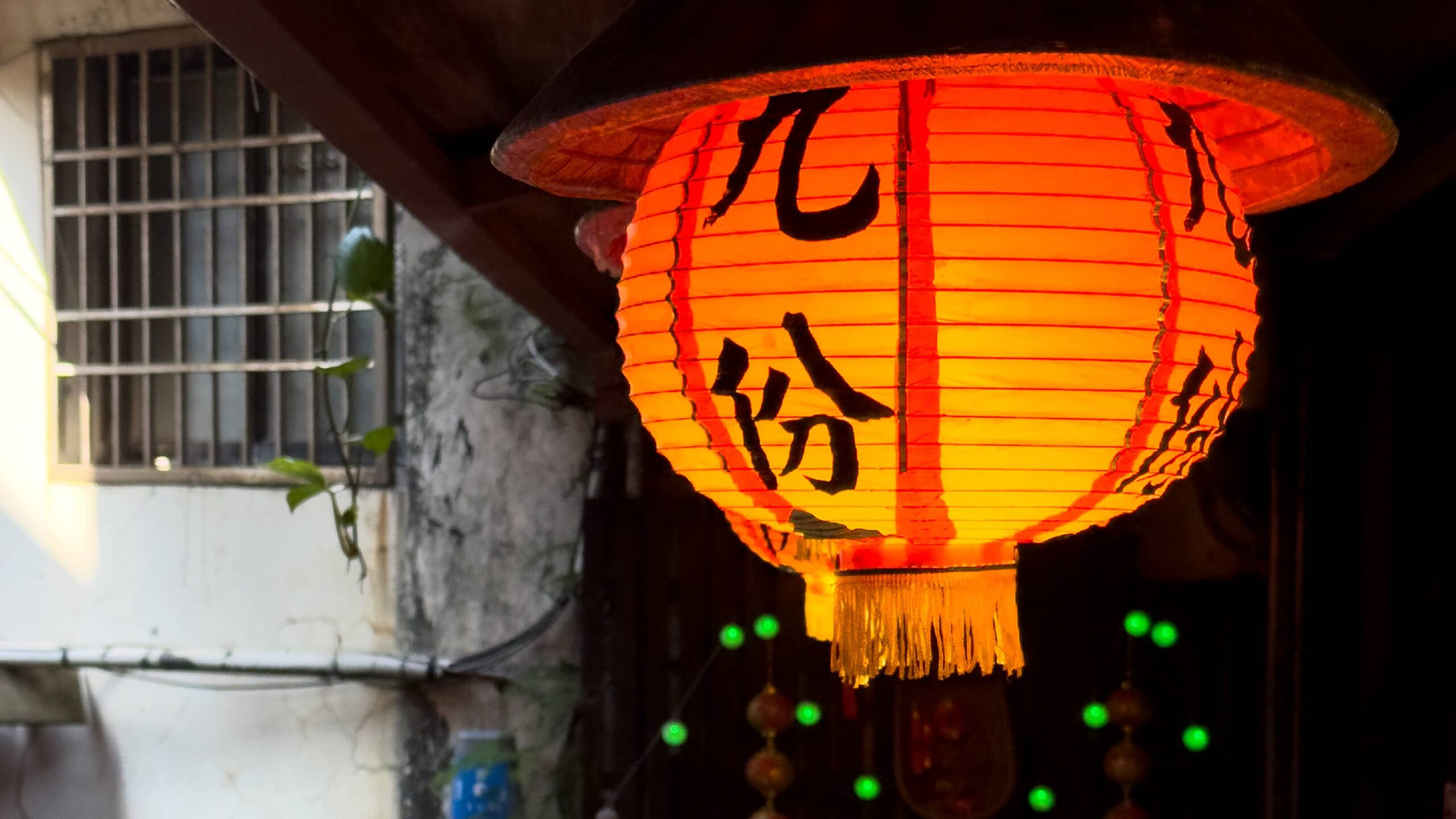
The people are incredibly welcoming, the public transportation is efficient and affordable, and the convenience stores (mainly 7-Eleven) make everything easy.
I found the combination of Chinese heritage, Japanese influence, and a distinct Taiwanese identity to be something truly special. The coexistence of these three cultures was one of the main reasons I wanted to visit Taiwan in the first place.
That said, as someone currently living in Tokyo, I couldn’t help but notice some similarities, especially in the pace of city life, the high standard of service, and the constant balance between modernity and tradition.
Sure, four days isn’t nearly enough time to fully absorb everything Taipei has to offer, but at the same time, I don’t feel an urgent need to rush back just yet.
Next Steps
To sum it up, Taipei is a fantastic city, and I’d absolutely recommend it to anyone looking for a unique travel experience that’s both dynamic and culturally rich. It’s certainly got a lot to offer, especially for Westerners looking to explore Asia in more detail.
If you’re curious about what came next, feel free to check out my Kaohsiung adventure, featuring highlights from my time in southern Taiwan, or browse the edited photos from this trip on my Taiwan page.
Thanks for reading,
William
